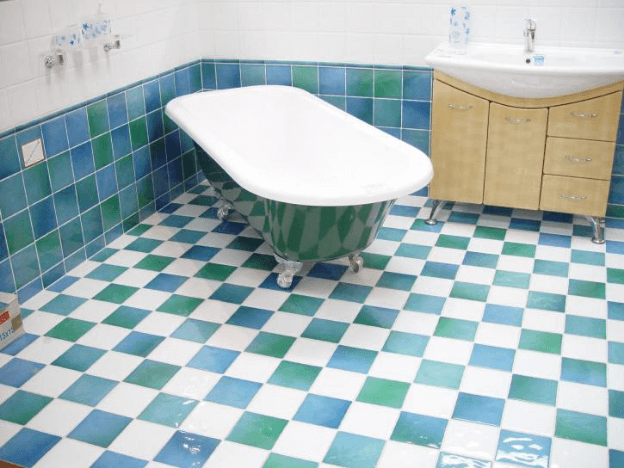After a lot of thinking and budget checking, you decided that you’re finally going to replace your old bathtub. It doesn’t offer the same kind of comfort and utility anymore. It has significant issues like cracks, stains, and chippings that you can’t fix. This time, you decided to get a new kind of bathtub that you haven’t used before. For instance freestanding bathtub.
Whether it’s for decoration or actual bathroom fixture, you have a lot of choices when it comes to new bathtubs. From materials to installation styles, there’s always something for different types of people. Here are five proven and tested designs that you can use in your bathroom makeover.
Five Best Bathtub Styles to Consider
1. Freestanding Tubs
A freestanding tub doesn’t need to be placed against the wall or corners. Its all sides are finished and can stand alone with itself anywhere in the room. It doesn’t need an additional surround foundation and can be moved wherever you want it to be in the future. This is perfect for people who like to change bathroom designs a lot.
2. Alcove Tubs
Unlike the freestanding tub, an alcove tub is only finished on three sides, usually surrounded by walls, and is embedded in one corner of the room. This is the typical residential bathtub and is generally used to save space on small bathrooms. It’s also cheaper and easier to install than any other tubs. Take note that you won’t be able to move it once it is installed. Larger rooms usually reserve alcove tubs for guest rooms or children’s use.
3. Clawfoot Tubs

Clawfoot tubs are known for bringing out the retro vibes with its very classic look. It’s a freestanding tub that has elevated feet support instead of using its bottom surface. If you like a luxurious effect, the clawfoot tub will help you achieve this feat. Some people like this type of tub because elevated support is said to bring a better bathing experience.
4. Corner Tubs
Corner tubs can be described as alcove-type, with only two sides finished. Most people will choose corner tubs if there isn’t enough space to work with. The face is typically placed in the part not connected to any walls, unlike the alcove design which usually placed it in the middle wall. This design also works well with bigger bathrooms.
5. Drop-In Tubs
Drop-in tubs don’t have any side-finishings at all. In context, the drop-in tub is used if you don’t want to put your tub near a wall. Instead, its three sides have tiles that supports it while one side is connected to a wall. This site is also where the faucet is connected. It’s a little bit on the expensive side, but it’s a very versatile and aesthetically pleasing style.
Conclusion
And that’s it for this article. I hope you find out the best option for your bathtub renovation. Share this with your friend if you find it helpful. Check more bathtub related articles on this site if you want to know more options for your renovation project.





